- 3
- 3
- 4
Sarajevo
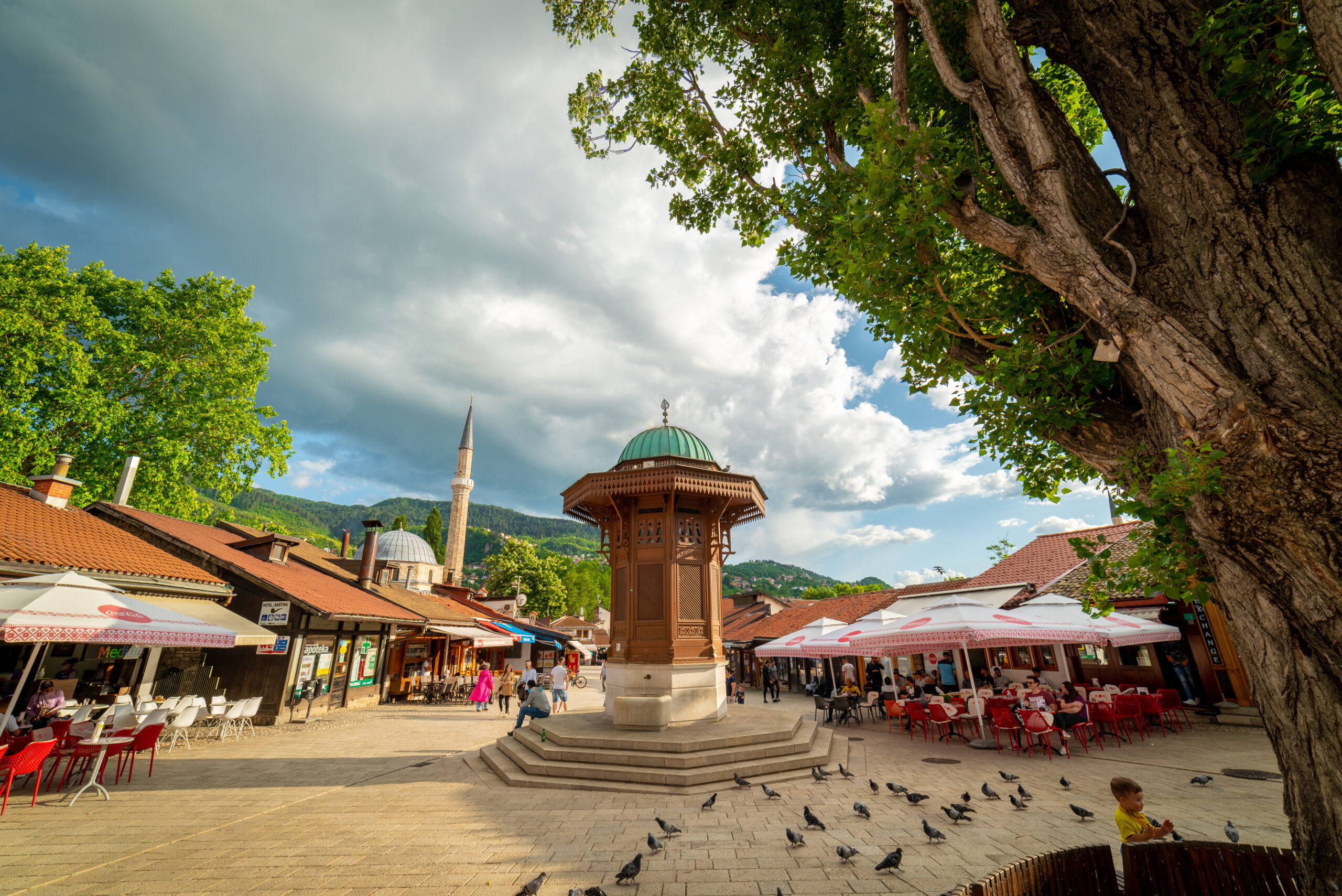
Sarajevo, the capital city of Bosnia and Herzegovina, is a fascinating destination that seamlessly blends history, culture, and natural beauty.
Sarajevo is the capital of Bosnia and Herzegovina. It is also the country’s largest city. This historical and picturesque city is surrounded by the Dinaric Alps and rests along both banks of the Miljacka River. The city was established by the Ottoman Empire around 1461. It was named “Sarajevo,” which means “the plains around the palace.” The name is derived from the construction of the governor’s castle and new buildings, including the Emperor’s Mosque, an enclosed marketplace, and a public bathhouse. Sarajevo is widely known as the location of the assassination of Archduke Franz Ferdinand and his wife, Sofie. This event, which marked the beginning of World War I, took place at the northern end of the Latin Bridge. Visitors to the city will see reminders of this complex history throughout Sarajevo. The Gazi Husrev-beg Mosque, the Cathedral of Jesus’ Heart, and the historical Sarajevo Brewery show how the changes that have taken place in Sarajevo have shaped the culture and architecture of the region.
Vrelo Bosne
At Vrelo Bune, nature and architecture beautifully come together, creating a harmonious environment that attracts visitors.
The Buna River spring flows out of a cave, its clear waters reflecting sunlight and the surrounding greenery. The imposing cliffs above the river enhance the natural beauty, serving as a dramatic backdrop for the Blagaj Tekija monastery. The monastery showcases human ingenuity, as it is skillfully designed to blend seamlessly with its natural surroundings. As visitors walk along the riverbanks, they will discover numerous places where they can appreciate the balance between nature and architecture at Vrelo Bune. Attractive stone bridges cross the river, connecting walking paths and offering great viewpoints to admire the river, the cave, and the monastery. The site is like an open-air exhibit of natural beauty, with trees, flowers, and shrubs complementing the architectural elements.
Tunnel of Hope
The Sarajevo war tunnel, most commonly known as the Tunnel of Hope, was the only way in or out of Sarajevo during wartime. It was used to supply the city with its most essential needs.
The Siege of Sarajevo was in full swing, and the hoop around the city of Sarajevo was getting bigger and bigger every day. Citizens of Sarajevo were unable to receive food because Serb forces were controlling the majority of the city lines. At the time, there were only two free zones in the whole city, one in the neighborhood called Dobrinja and the other one called Butmir. Members of the Army of the Republic of Bosnia and Herzegovina came up with an idea that sounded insane at the time: to dig a tunnel below the airport and connect two free territories. The total length of the tunnel was close to 800 meters—785.5 meters, to be exact. The whole tunnel was dug in less than 4 months. The tunnel was the only way to supply the city with essential groceries, water, fuel, newspapers, and weapons. It also had a downside, as a few black markets emerged, but it was important to fulfill the most essential needs at the time.
Old Town Sarajevo
Sarajevo’s Old Town is sometimes referred to as Baščaršija, the name of the 15th-century Ottoman-built marketplace that gives the center its overall shape and feel.
A visit to Sarajevo should start with Baščaršija, the old part of town. At its heart is Sebilj, a pseudo-Moorish fountain, which is one of the city’s most recognizable symbols. The Brusa Bezistan Museum provides an overview of the city’s history and is housed in an old covered bazaar. Other options include Husrev-Bey’s Mosque and the Old Synagogue (now a Jewish Museum). Time permitting, Svrzo’s House is another must-see; with its quiet garden and traditional architecture, the house shows how a wealthy Muslim family lived in Sarajevo during Ottoman times. Another attraction is Despić’s House, not far from Hotel Europe. This museum offers a look inside a wealthy Serbian Orthodox family’s home. Performances were put on here before the National Theater opened. Be sure not to miss a single spot in town where East and West meet, including Vijećnica, a symbol of the meeting of civilizations, which has countless interesting stories to share with visitors.
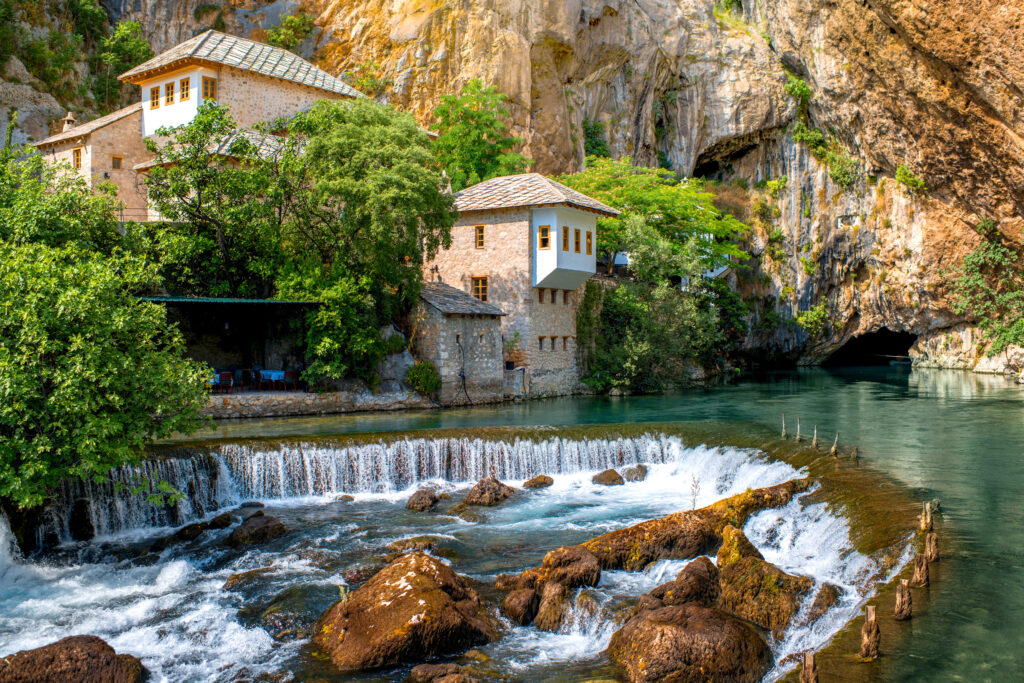
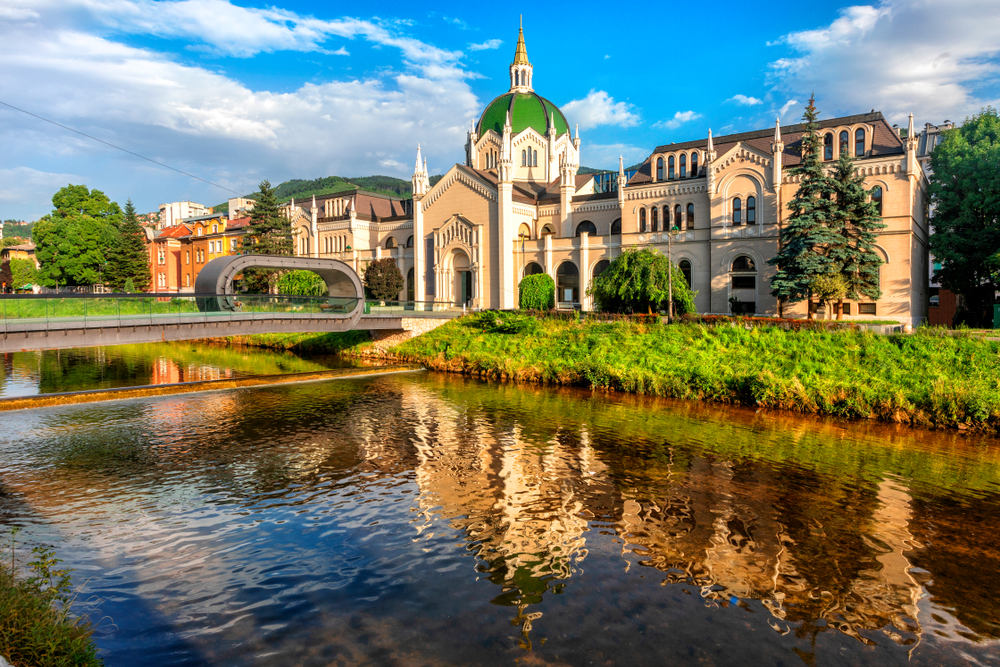
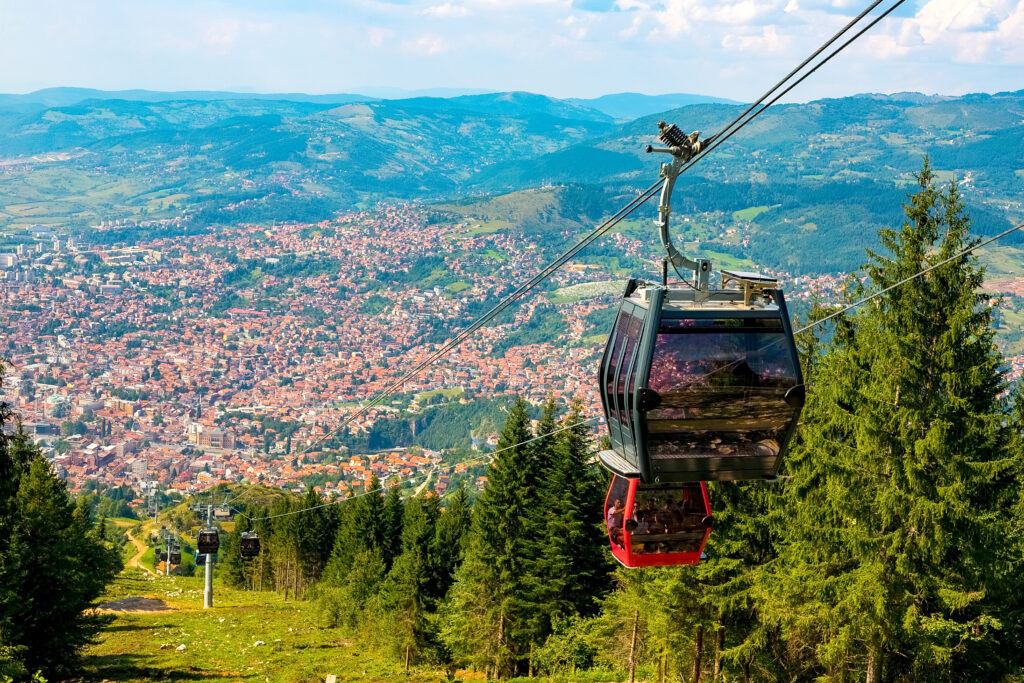
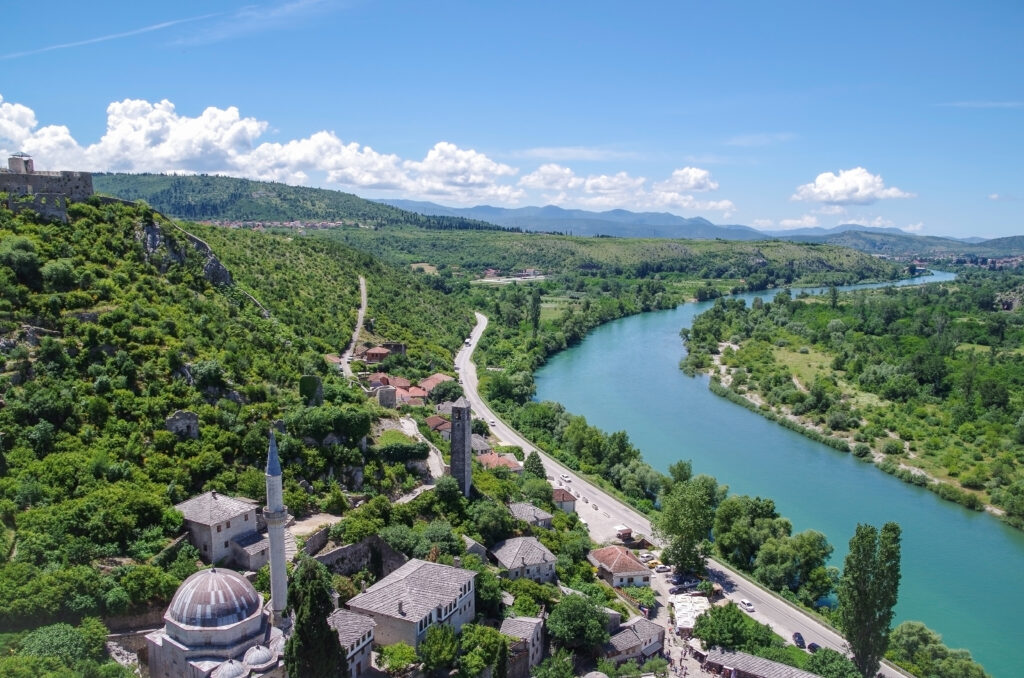
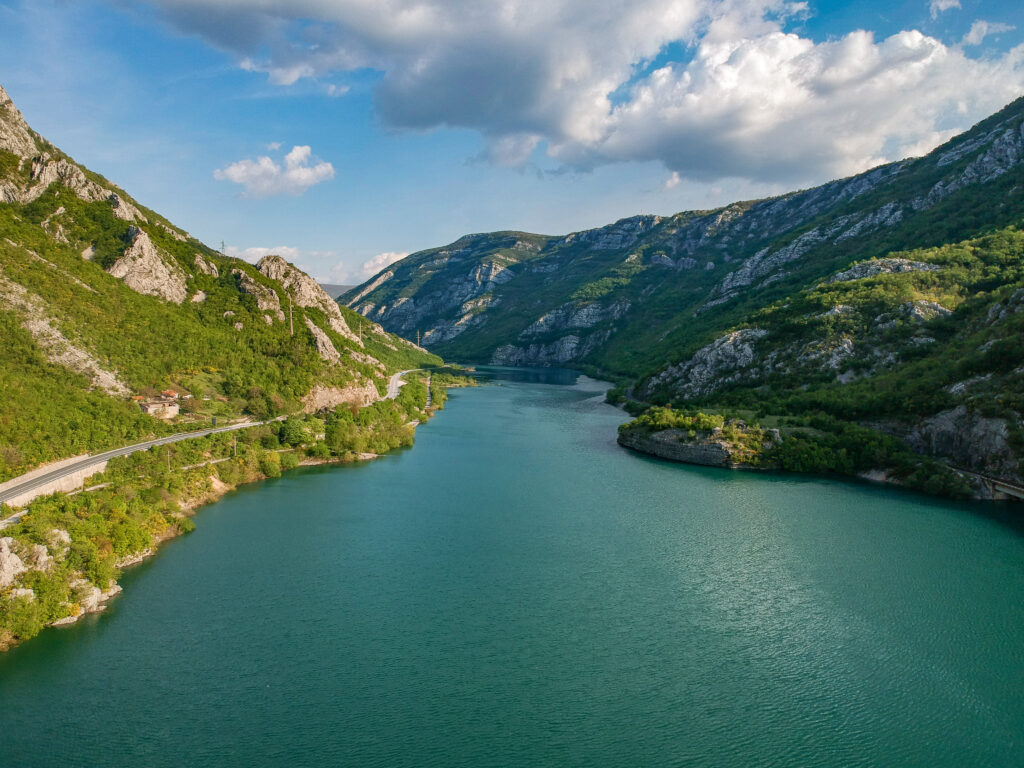
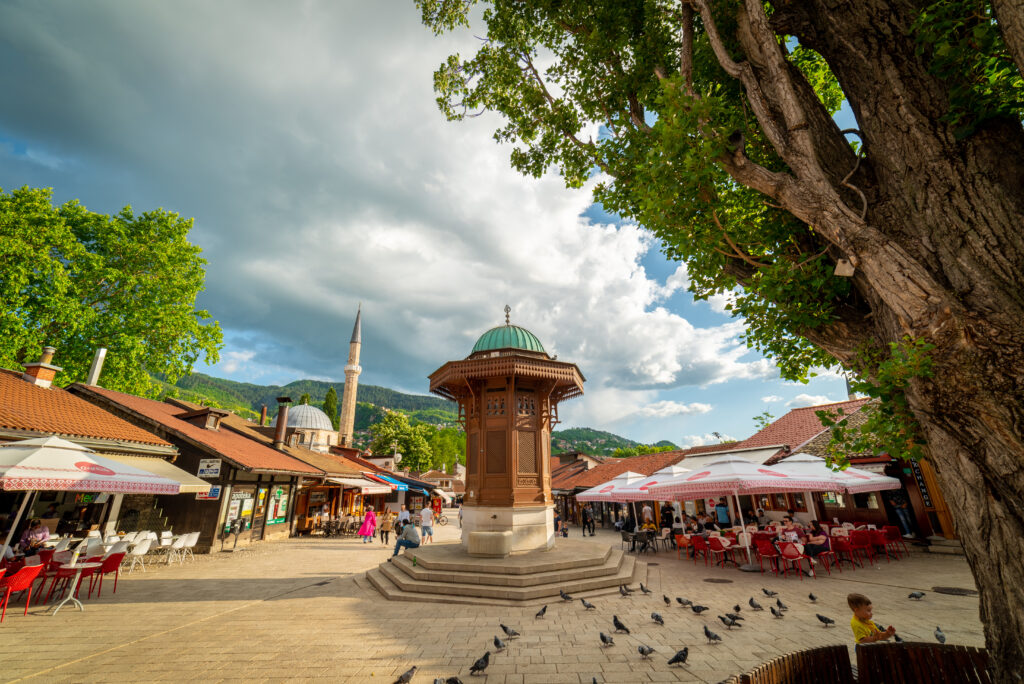
- Jan
- Feb
- Mar
- Apr
- May
- Jun
- Jul
- Aug
- Sep
- Oct
- Nov
- Dec







- Jan
- Feb
- Mar
- Apr
- May
- Jun
- Jul
- Aug
- Sep
- Oct
- Nov
- Dec







- Jan
- Feb
- Mar
- Apr
- May
- Jun
- Jul
- Aug
- Sep
- Oct
- Nov
- Dec
